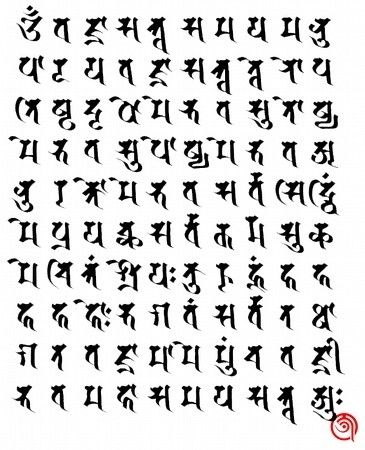Om Bhagavan: A Journey into the Heart of Hindu Devotion
Om Bhagavan, a term that resonates deeply within the hearts of millions of Hindus around the world. It is a sacred mantra, a divine invocation that holds immense significance in the Hindu religious and spiritual tradition. In this article, we delve into the multifaceted aspects of Om Bhagavan, exploring its origins, meanings, and its profound impact on the lives of devotees.
Origins of Om Bhagavan
The mantra Om Bhagavan has its roots in the ancient Vedas, the sacred texts of Hinduism. It is believed to be the primordial sound from which the entire universe emerged. The word “Om” is often translated as “the universal sound” or “the source of all sounds,” while “Bhagavan” translates to “the divine one.” Together, they form a powerful invocation that seeks to connect the practitioner with the divine presence.

Meanings of Om Bhagavan
Om Bhagavan holds various meanings and interpretations within Hinduism. Here are some of the key significances:
-
The Universal Sound: Om is considered the first sound of creation, the sound from which all other sounds arise. It represents the infinite and the eternal.
-
The Source of All: Om is believed to be the source of all existence, the ultimate reality that underlies the entire universe.
-
The Divine One: Bhagavan refers to the divine presence, the ultimate reality that is beyond human comprehension. Om Bhagavan seeks to invoke and connect with this divine presence.

-
The Path to Enlightenment: Om Bhagavan is often used as a tool for meditation and spiritual practice, helping practitioners to transcend the limitations of the physical world and attain enlightenment.
Practical Applications of Om Bhagavan
Om Bhagavan is not just a theoretical concept; it has practical applications in daily life. Here are some ways in which devotees incorporate Om Bhagavan into their lives:
-
Meditation: Om Bhagavan is often used as a focal point during meditation. By repeating the mantra, practitioners can calm their minds, deepen their concentration, and connect with the divine presence.
-
Prayer: Om Bhagavan is a powerful prayer that can be used to seek guidance, express gratitude, or offer devotion to the divine. Devotees may recite the mantra during times of need or as a daily practice.
-
Healing: Some believe that Om Bhagavan has healing properties. It is often used in yoga and Ayurveda practices to promote physical and mental well-being.
-
Personal Devotion: Om Bhagavan is a personal invocation that can be used to express devotion to a specific deity or to the divine in general. Devotees may choose to focus on a particular aspect of the divine, such as love, compassion, or wisdom.
Om Bhagavan in Hindu Rituals and Ceremonies
Om Bhagavan plays a significant role in various Hindu rituals and ceremonies. Here are a few examples:
-
Weddings: Om Bhagavan is often included in wedding ceremonies as a symbol of the union between the divine and the human. It represents the merging of the individual soul with the universal soul.
-
Funerals: Om Bhagavan is used to honor the deceased and to express the belief in the eternal nature of the soul. It serves as a reminder that death is not the end but a transition to a new existence.
-
Yajnas: Yajnas are sacred fire rituals performed to offer gratitude to the gods and seek their blessings. Om Bhagavan is often chanted during these rituals, invoking the divine presence and seeking divine guidance.
Om Bhagavan in Hindu Art and Architecture
Om Bhagavan is also a prominent feature in Hindu art and architecture. Here are a few examples:
-
Temples: Om Bhagavan is often inscribed on the walls and ceilings of Hindu temples, serving as a reminder of the divine presence and the purpose of the temple.
-
Statues: Many Hindu deities are depicted with Om Bhagavan inscribed on their bodies or in their hands, symbolizing their



